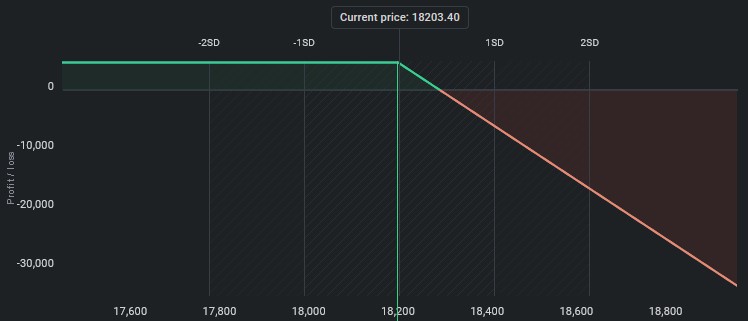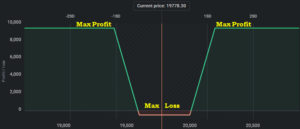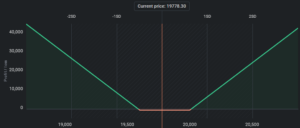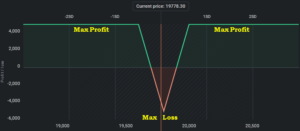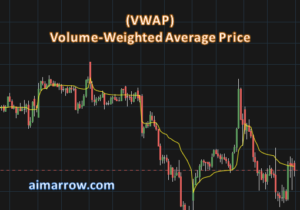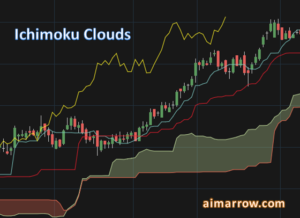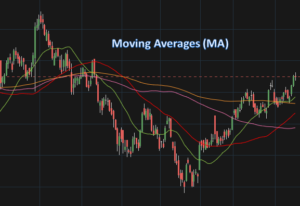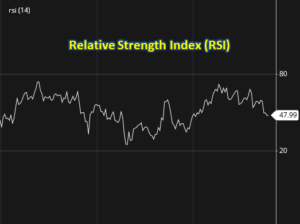Sell Call Options Trading Strategy | Step-by-Step Execution Process, Payoff Graph, Pros & Cons, Adjustments
What is a “Sell Call” options trading strategy?
A “Sell Call” options trading strategy is a strategy where an options trader sells call options with the expectation that the underlying asset’s price will not rise above the strike price of the options. In this strategy, the trader collects the premium for the options sold and profits if the price of the underlying asset remains below the strike price at expiration.
Example of a “Sell Call” options trading strategy
Suppose an investor believes that the stock price of XYZ Company will not rise above $50 in the next month. The investor can sell a call option with a strike price of $50 and collect the premium. If the price of the underlying stock remains below $50 at expiration, the investor keeps the premium collected as profit. However, if the price of the underlying stock rises above $50, the investor may face losses.
Step-by-step process of executing a “Sell Call” options strategy
- Identify a stock that you believe will not rise above a certain price in the future.
- Sell call options with a strike price above the current market price.
- Collect the premium for the options sold.
- Monitor the price of the underlying asset to ensure that it remains below the strike price.
- If the price of the underlying asset remains below the strike price at expiration, keep the premium collected as profit.
- If the price of the underlying asset rises above the strike price, consider buying back the options to limit potential losses.
Pros and cons of a “Sell Call” options strategy
Pros
- The strategy generates income in a flat or bearish market.
- The maximum profit is limited to the premium collected.
- The trader can adjust the position if the underlying asset’s price moves against the trader’s expectations.
Cons
- The potential losses are unlimited if the price of the underlying asset rises significantly above the strike price.
- The strategy requires the trader to have a bearish outlook on the underlying asset.
- The strategy may result in missed profits if the price of the underlying asset rises significantly.
Payoff graph for a “Sell Call” options trading strategy
The payoff graph for a “Sell Call” options trading strategy is a flat line up to the strike price, representing the premium collected. Beyond the strike price, the payoff line slopes upward, representing potential losses as the price of the underlying asset rises.
How to make adjustments to a “Sell Call” options strategy when in profit and in loss
In profit
If the price of the underlying asset remains below the strike price, the trader can keep the premium collected as profit. However, if the price of the underlying asset rises slightly but remains below the strike price, the trader may consider buying back the options sold to lock in profits. The trader can also roll the options to a higher strike price to collect more premium and potentially profit from a further price decrease.
In loss
If the price of the underlying asset rises significantly above the strike price, the trader may face unlimited losses. To limit potential losses, the trader can consider buying back the options sold or rolling the options to a higher strike price. The trader can also consider selling put options to create a “short strangle” position to generate additional income and offset losses.
Conclusion
A “Sell Call” options trading strategy is a bearish strategy where a trader sells call options with the expectation that the price of the underlying asset will remain below the strike price. This strategy generates income in a flat or bearish market and has limited potential profits. However, the potential losses are unlimited if the price of the underlying asset rises significantly above the strike price.
To execute the “Sell Call” options trading strategy, the trader should identify a stock with a bearish outlook, sell call options above the current market price, and collect the premium for the options sold. The trader should monitor the price of the underlying asset to ensure that it remains below the strike price and consider adjusting the position if necessary.
If the trader is in profit, they can keep the premium collected or consider rolling the options to a higher strike price to generate more income. If the trader is in loss, they can consider buying back the options sold, rolling the options to a higher strike price, or selling put options to create a “short strangle” position.
Overall, the “Sell Call” options trading strategy can be a profitable strategy in a flat or bearish market, but traders should be aware of the potential risks involved and monitor the position closely. It is also recommended to have a thorough understanding of options trading and the associated risks before executing any options trading strategies.
